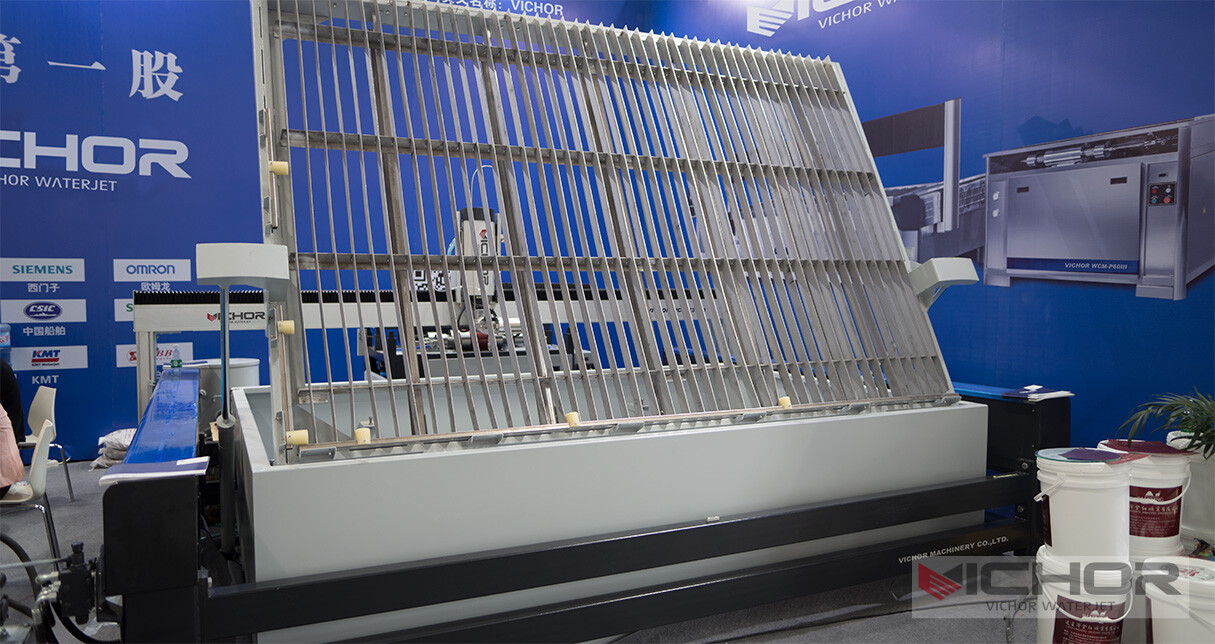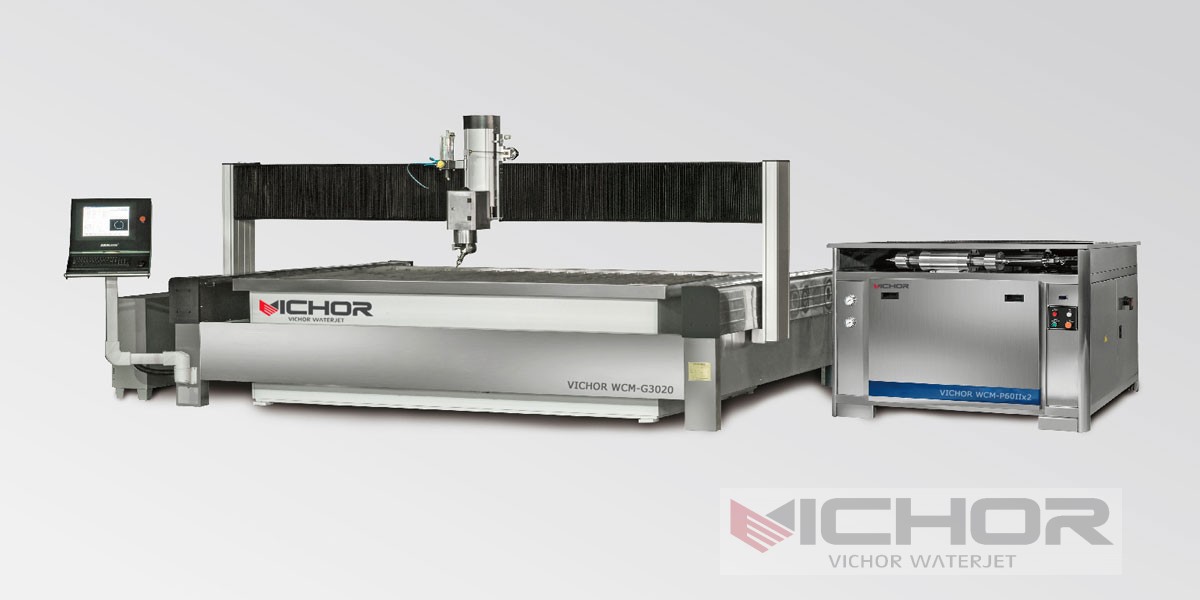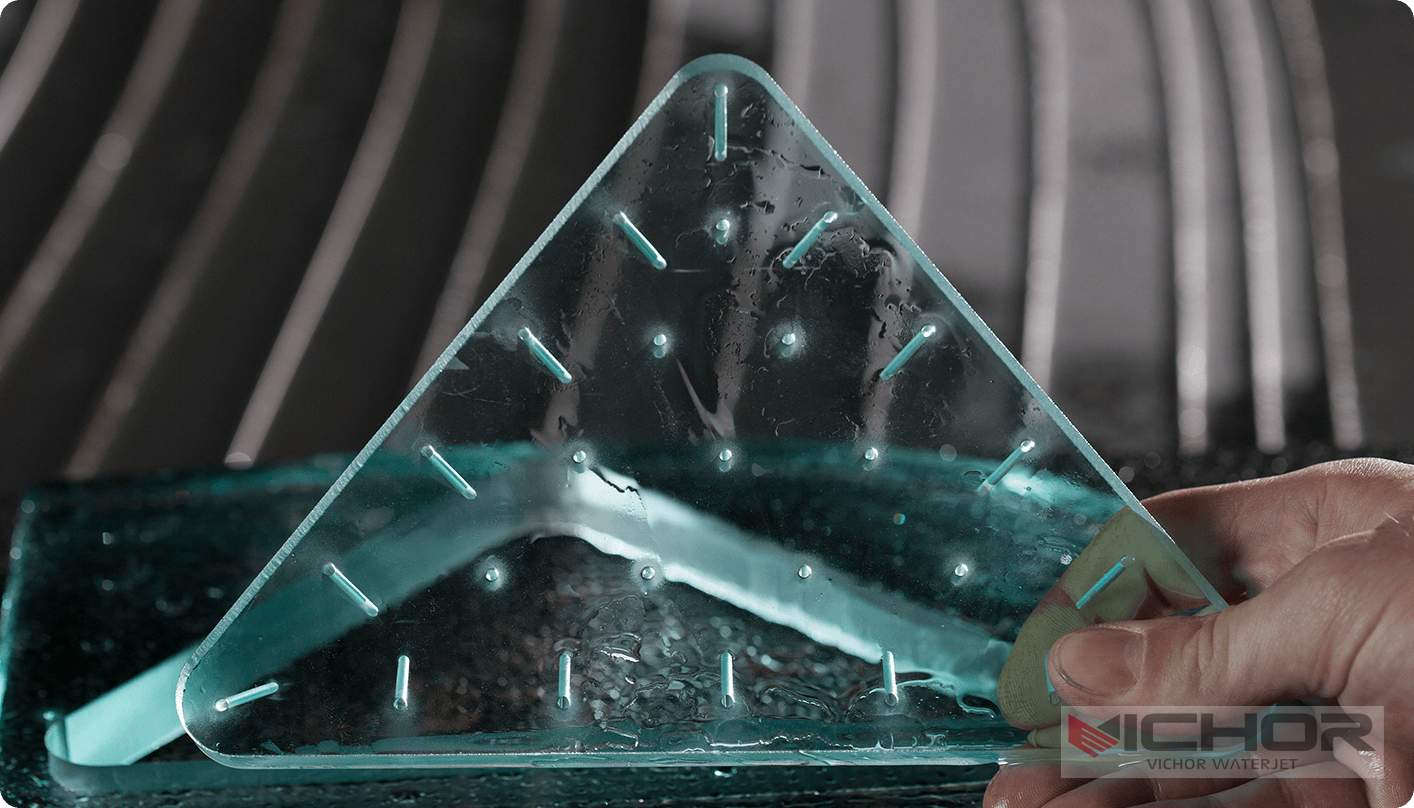
UHP Jetting: The Advanced Technology Revolutionizing Industrial Cleaning and Surface Preparation
In the demanding world of industrial maintenance, facility management, and surface preparation, efficiency, effectiveness, and environmental responsibility are paramount. Traditional methods often fall short, consuming excessive time, resources, or posing safety and ecological hazards. Enter UHP Jetting – Ultra-High Pressure waterjetting – a technology harnessing the immense power of water at pressures exceeding 40,000 psi to deliver unparalleled cleaning and cutting performance. This article delves deep into UHP Jetting, exploring its core principles, diverse applications, significant advantages, essential equipment, and critical implementation considerations.
What Exactly is UHP Jetting?
UHP Jetting, also known as hydroblasting or waterjetting at ultra-high pressures, is a process that utilizes highly pressurized water streams to remove coatings, clean surfaces, cut materials, or prepare substrates. The defining characteristic of UHP Jetting is the operating pressure range, typically starting around 30,000 psi (2,068 bar) and extending beyond 55,000 psi (3,792 bar), far surpassing conventional pressure washing (typically 1,000-5,000 psi). At these extreme pressures, even pure water becomes an incredibly powerful tool, capable of cutting through steel or stripping tenacious coatings cleanly down to the bare substrate. When abrasives like garnet are added to the water stream, the cutting power increases exponentially, enabling the processing of extremely hard materials like concrete, stone, and thick metals. The precision and control offered by UHP Jetting stem from the focused energy of the jet stream, generated by forcing water through a small orifice nozzle.
The Core Technology: How UHP Jetting Works
The remarkable power of UHP Jetting stems from a sophisticated system designed to generate, control, and deliver water at immense pressures. Understanding the core components and process is key:
High-Pressure Pump: The heart of any UHP Jetting system is the intensifier pump. Unlike traditional pumps, intensifiers use hydraulic pressure acting on a large piston to drive a smaller piston pressurizing water. This mechanical advantage allows for the generation of ultra-high pressures (40,000 psi and beyond) from relatively lower hydraulic input pressures. These pumps are robust, often featuring multiple plungers for smoother flow.
Water Supply & Filtration: Clean water is critical. Systems typically include pre-filtration (down to 5 microns or less) to remove particles that could damage the high-pressure pump components and, crucially, the tiny orifice in the nozzle. Deionized water might be used in specific cutting applications to prevent mineral deposits.
High-Pressure Hoses & Fittings: Specially designed, multi-layer, flexible yet incredibly strong hoses, reinforced with steel wire braiding or synthetic fibers, transport the pressurized water from the pump to the lance. Fittings must be rated for the system’s maximum operating pressure and use secure, leak-proof connections like double ferrule designs.
Lance & Nozzle Assembly: The operator manipulates a lance (often telescopic for reach) fitted with a specialized nozzle. The nozzle is where the magic happens:
Orifice Nozzle: Creates the initial high-velocity water jet. Made from ultra-hard materials like sapphire, ruby, or diamond to resist erosion.
Mixing Chamber & Focus Tube (Abrasive Jetting): For abrasive cutting/cleaning, abrasive media (e.g., garnet) is drawn into a mixing chamber via a venturi effect created by the pure water jet. The abrasive particles are accelerated within a focus tube, creating a highly erosive slurry jet.
Control System: Modern UHP Jetting systems feature sophisticated controls. This includes pressure regulation (often variable), flow control, safety interlocks (e.g., trigger deadman switches), and monitoring systems for pressure, temperature, and hours of operation. Remote controls are common for hazardous environments.
The process involves pressurizing water, forcing it through the orifice to form a coherent, supersonic jet. In abrasive jetting, the entrained particles massively amplify the cutting/cleaning action through micro-machining erosion.
The Diverse Applications of UHP Jetting
The versatility of UHP Jetting makes it indispensable across numerous industries. Its ability to clean without damaging underlying substrates or to cut without heat distortion opens unique possibilities:
Industrial Cleaning & Surface Preparation:
Coating Removal: Stripping paint, epoxy, rubber linings, fireproofing, and marine growth from steel structures (ships, tanks, bridges, offshore platforms), concrete floors, and machinery without damaging the base material. This is the most common application for pure water UHP Jetting.
Tank & Vessel Cleaning: Efficiently and safely cleaning storage tanks (chemical, oil, food) and reactors, removing sludge, residues, and built-up deposits, often eliminating the need for confined space entry or hazardous solvents. UHP Jetting ensures thorough cleaning critical for product quality and safety.
Heat Exchanger & Boiler Tube Cleaning: Removing scale, fouling, and deposits from tube bundles and internal surfaces, restoring heat transfer efficiency without tube damage.
Concrete Surface Preparation: Profiling concrete for repair or new coating application (e.g., bridge decks, parking garages, industrial floors), removing laitance, weak layers, and contaminants to achieve the required surface profile (CSP). UHP Jetting is often faster and less destructive than mechanical scarifying.
Abrasive Waterjet Cutting (AWJ): Using the abrasive-enhanced UHP Jetting stream to cut intricate shapes in metals (steel, titanium, aluminum), stone, glass, composites, ceramics, and laminates. Key advantages include no heat-affected zone (HAZ), minimal mechanical stress, ability to cut thick materials, and extreme precision (CNC controlled).
Pipe & Tube Cleaning: Descaling and removing blockages from pipelines (oil & gas, chemical, municipal water), heat exchanger tubes, and condensers. UHP Jetting systems can utilize specialized nozzles (e.g., rotary, rear-facing) and flexible lances to navigate long runs and complex bends.
Marine & Offshore: Hull cleaning (biofouling removal), deck cleaning, ballast tank cleaning, removal of marine growth from structures, and surface preparation for maintenance and repairs. UHP Jetting minimizes environmental impact compared to sandblasting.
Demolition & Concrete Removal: Precise removal of concrete sections (e.g., bridge decks, nuclear facilities) without vibration or dust generation associated with jackhammers or explosives. Abrasive UHP Jetting can selectively cut rebar within concrete.
Significant Advantages of Choosing UHP Jetting
The adoption of UHP Jetting technology brings compelling benefits over traditional methods:
Exceptional Cleaning & Cutting Power: The sheer kinetic energy of water at ultra-high pressures allows for the removal of the toughest contaminants and the cutting of the hardest materials efficiently.
Substrate Integrity Preservation: Pure water UHP Jetting excels at removing coatings and contaminants without damaging the underlying metal, concrete, or other substrates, unlike mechanical grinding or grit blasting which can cause profile changes or heat distortion. This is crucial for critical infrastructure.
No Heat-Affected Zone (HAZ): Unlike thermal methods (plasma, laser, oxy-fuel), UHP Jetting (especially abrasive cutting) generates no significant heat, preventing material hardening, warping, or structural changes in the surrounding area. This is vital for heat-sensitive materials and precision work.
Environmental Friendliness: Pure water cleaning produces no secondary waste streams (like spent abrasive or chemical solvents). When abrasives are used (typically garnet), they are often recyclable, and the process generates significantly less dust than dry blasting (especially with water-curtain shrouds). Wastewater can often be filtered and treated.
Versatility & Precision: A single UHP Jetting system can handle a vast range of tasks – from delicate coating removal to heavy-duty cutting – simply by adjusting pressure, flow, standoff distance, nozzle type, and adding/removing abrasives. CNC abrasive jetting offers unmatched precision for complex shapes.
Enhanced Safety: Eliminates risks associated with dry abrasive blasting (silica dust), chemical cleaning (hazardous fumes, residues), and hot work (fire, sparks). Reduced confined space entry requirements for tank cleaning.
Cost-Effectiveness: While initial equipment investment can be significant, UHP Jetting often proves more cost-effective overall due to faster cleaning/cutting speeds, reduced labor, minimal setup/cleanup time, longer asset lifespan (due to gentle substrate treatment), and avoidance of environmental remediation costs associated with older methods.
Essential Equipment and Safety Considerations
Implementing UHP Jetting effectively and safely requires the right equipment and rigorous protocols:
Equipment Selection: Choosing the correct pump size (HP, pressure, flow rate), hose length/diameter, lance type (rigid, telescopic, flexible), and nozzles (orifice size, abrasive type) is critical for the specific application. Abrasive metering systems must be precise.
Safety is Paramount: UHP Jetting involves extreme pressures capable of causing severe injury (injection injuries are particularly dangerous) and significant noise.
PPE is Mandatory: Full-body waterproof protective suits (Type 5/6), safety boots, heavy-duty gloves, full-face shields with hearing protection, and potentially supplied-air respirators in confined spaces.
Training: Comprehensive operator training on system operation, hazard recognition (injection, slips/trips, noise, water mist), emergency procedures, and safe work practices is non-negotiable.
Worksite Control: Establishing exclusion zones, using warning signs, securing hoses, employing trigger locks/deadman switches, and ensuring good visibility and communication.
Equipment Maintenance: Regular inspection and maintenance of hoses, fittings, pumps, and safety devices are essential to prevent catastrophic failures under pressure. Hoses have finite lifespans and must be replaced according to manufacturer guidelines.
Environmental Management: Planning for wastewater containment, collection, and treatment (e.g., vacuum recovery systems, filtration, settling tanks) is crucial, especially when removing hazardous materials (lead paint, chemicals) or using abrasives. Proper disposal of waste streams is required.
Implementing UHP Jetting: Key Factors for Success
Successfully integrating UHP Jetting into operations involves more than just buying equipment:
Application Suitability: Not every job requires ultra-high pressure. Assess the task – coating type, substrate, required cleanliness standard (e.g., NACE/SSPC standards), accessibility – to determine if UHP Jetting is the optimal solution and what pressure level is needed.
Operator Skill & Experience: Proficiency significantly impacts results and safety. Experienced operators understand nozzle manipulation (traverse speed, angle, standoff distance), pressure adjustment, and problem-solving during the job. Investing in training is key.
Access & Logistics: Consider site access for equipment, water supply availability and quality, power requirements, waste handling capabilities, and the physical space needed to maneuver lances safely.
Cost Analysis: Evaluate the total cost of ownership (equipment, maintenance, consumables like nozzles/abrasives, labor, training, waste disposal) against the benefits (speed, quality, reduced downtime, safety, environmental compliance) compared to alternative methods.
Partnering with Professionals: For complex or large-scale projects, utilizing specialized UHP Jetting contractors with proven expertise, certified operators, and appropriate insurance is often the most efficient and safe approach.
UHP Jetting represents a transformative technology in industrial cleaning, surface preparation, and precision cutting. Its unique combination of immense power, substrate gentleness, environmental benefits, versatility, and precision makes it an increasingly vital tool across diverse sectors from oil and gas and manufacturing to marine and construction. By understanding the core technology, recognizing its wide-ranging applications, leveraging its significant advantages, and prioritizing rigorous safety and proper implementation, industries can harness the full potential of UHP Jetting. This technology not only enhances operational efficiency and quality but also contributes to safer workplaces and more sustainable industrial practices. As equipment continues to advance in reliability, efficiency, and control, the adoption and impact of UHP Jetting are poised for continued significant growth.
continue reading




